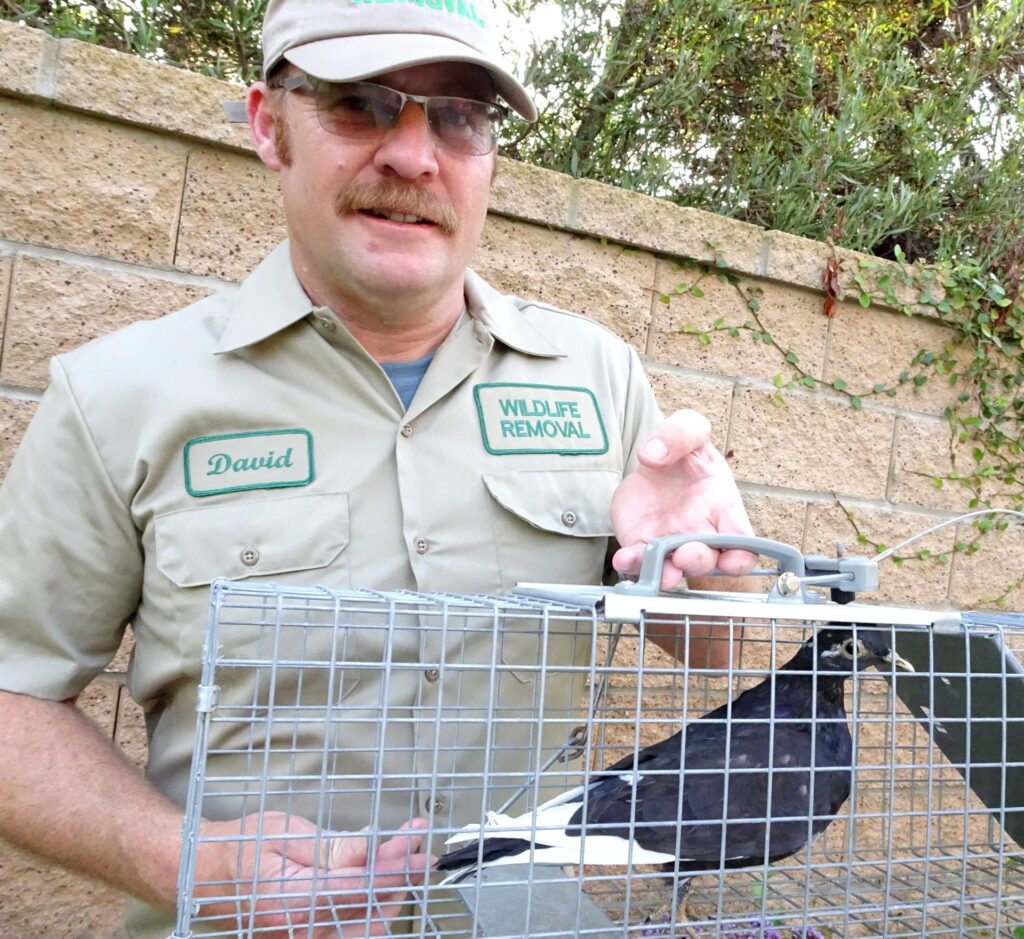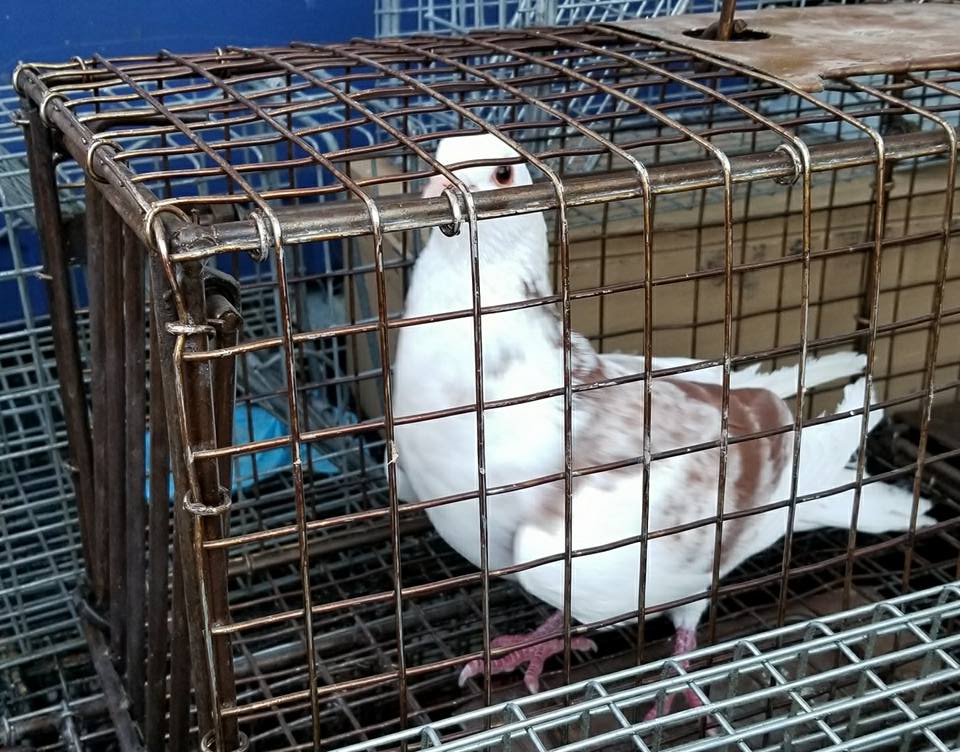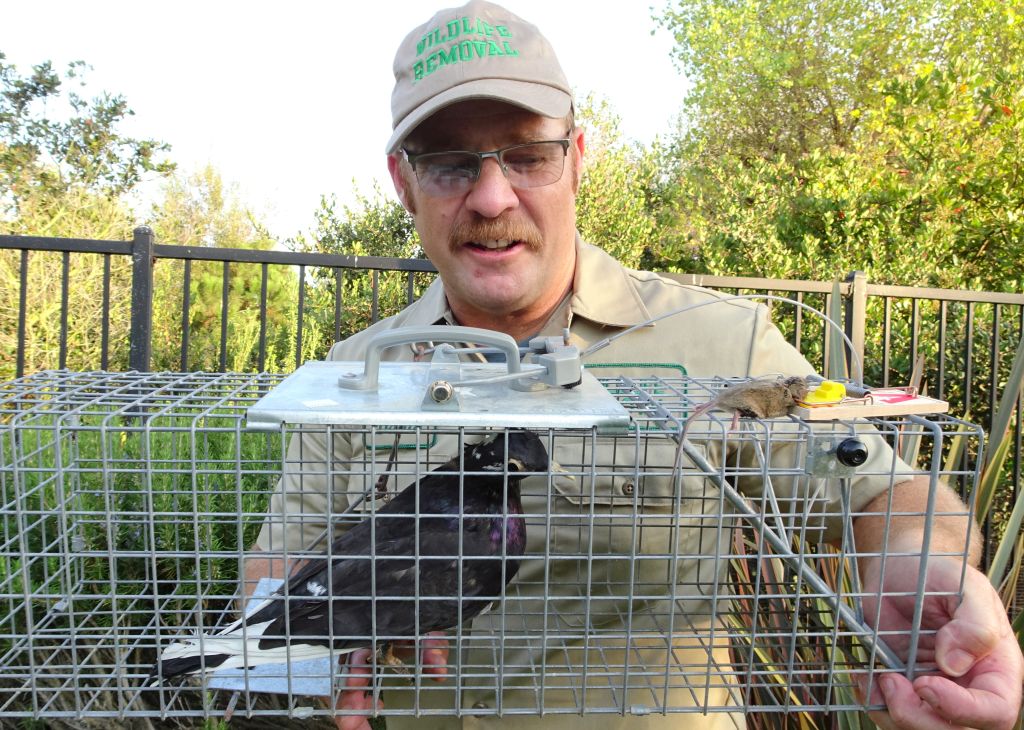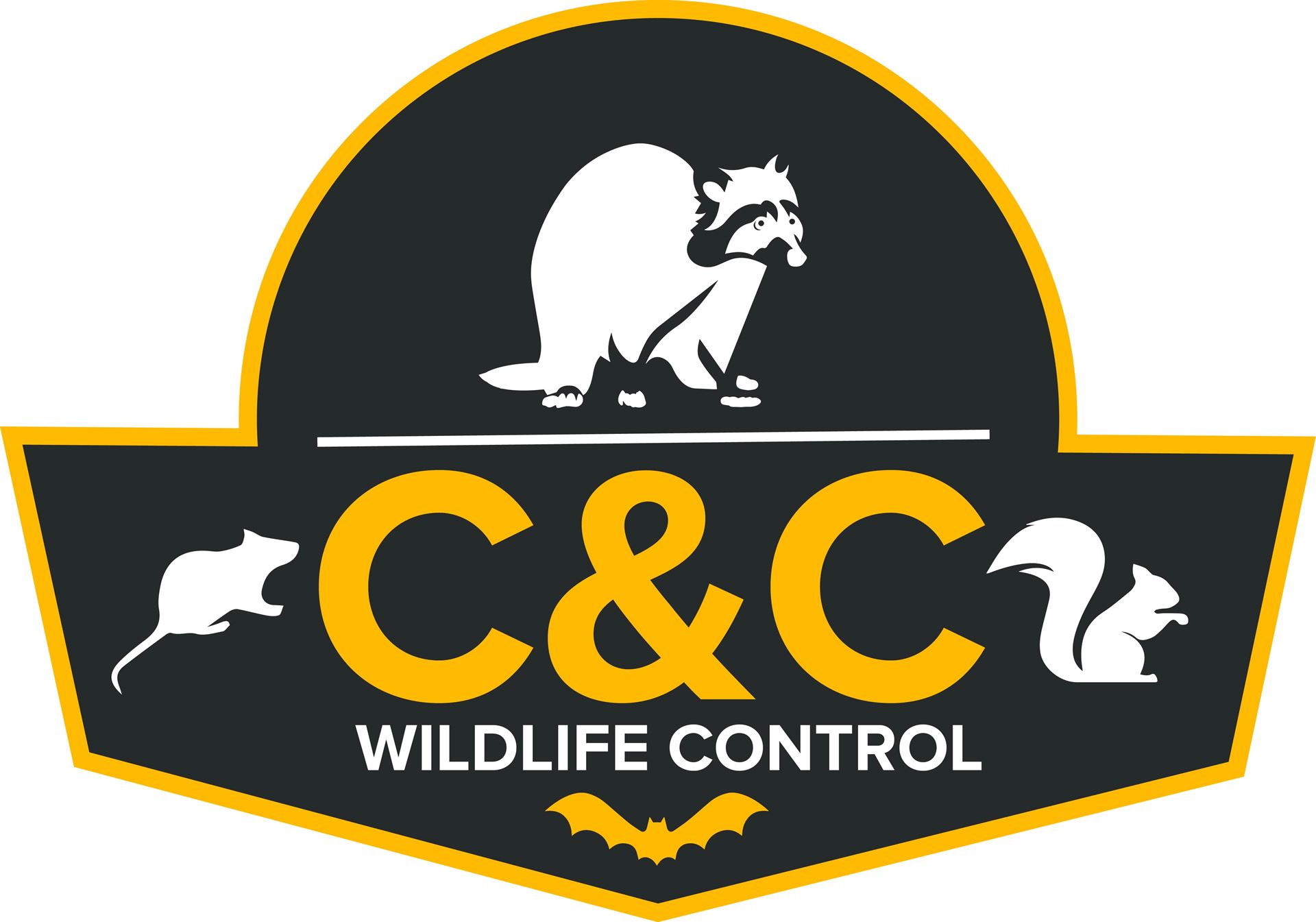Bird Removal
Birds are best known as beacons of freedom and liberty, but people rarely think about all the problems these animals can cause.
Bird Control
Since birds are so common in the United States, it is important to realize how much damage and disease these feathered creatures cause. If you have pest birds, it is important to remove them as quickly as possible. Continue reading to learn more.

What problems do birds cause?
Salmonella, leptospirosis, and a wide range of other diseases are carried and spread by nuisance birds of all kinds. Birds spread these diseases and viruses in a variety of ways, and each one of them presents a serious amount of danger. The most common way birds spread their diseases is by leaving their feces all over certain areas. Another way they transmit disease is by their feathers being left in a variety of places.
As if the health risks were not enough, birds actually cause serious damage to homes and buildings as well. When birds build nests in chimneys or in HVAC system outlets, they are often the cause of fires, which can cause thousands of dollars in damage and even kill people. In addition, their feces cause metal structures to corrode, potentially causing structural failure.

How can I remove birds?
While removing birds sounds easy enough, it is actually quite difficult. In theory, you would determine the nest locations and remove baby birds from your building. Then, you would set bird traps that humanely capture these avian critters and make it possible to relocate them. This is a long, tough process that is better handled by professional wildlife removal services. In addition to the health risks associated with birds, you could face legal consequences if you attempt to remove certain birds from your home. For these reasons, it is generally recommended to hire a pest control company.
Why hire C&C Wildlife Control?
If you have birds in your home or in any other building, C&C Wildlife Control is your best bet to remove them quickly and effectively. Since birds present such a challenge to remove, it is important to hire professionals. C&C Wildlife Control has a service area consisting of Hartford County and Tolland County, Connecticut. In addition to removing birds from your property and home, C&C Wildlife Control offers a variety of other services. We offer wildlife exclusion services, sanitation services, attic restoration services, and animal damage services, and each of these can provide you with excellent value. If you have a bird problem give C&C Wildlife Control a call, as we would love to help you out!

How To Remove Birds from The Roof?
Almost everyone has had to deal with a bird problem one way or the other. While these animals can be very harmless to humans in their doings, their group actions can be as tormenting as any other pests.
Birds are not a common problem until people begin to feel the impacts of their actions. For example,
- Their acidic droppings
If you notice a change in the coloring or the strength of your roof, know that birds probably did that. Birds’ droppings have high acidic contents that can damage the asphalt roofing materials, HVAC units and improve the growth of moss and algae.
- Water block in the roof
Birds love to nest where they can find shelter, food, and other nutrition. If they decide to nest on the roof, it can cause blockage and stagnation in the roof. In the end, this causes the roof to cave in and leak.
- Fire hazards
Bird nests are usually made of flammable materials. These nests are built in direct opposition to airflow and can cause serious ventilation issues.
Expelling Birds from your roofs
Multiple other issues are reasons why you should scare birds from your roof. Some of the ways to permanently dislodge birds include;
- Fill holes, cracks, or stagnant points.
Birds prefer to nest in comfortable sunken areas. If they find the roof suitable for the purpose, they will likely nest there.
- Install Scarecrows of predators
Equally, to humans, birds are always wary of predators. And they have developed various senses and instincts that will keep them safe from this danger. An easy way to scare them is to install mimics of their natural predators like;
- Eagles,
- Kites,
- Owl,
- Raven,
- Falcons,
These decoys usually vary depending on the type of birds. You should consult a wildlife store if you are confused.
- Play predator sounds
Birds are so sensitive that they will hardly wait to confirm a sound before concluding that it belongs to a predator. These can be achieved by installing a hidden speaker around the roof and playing a pre-recorded noise (made by the relevant predator).
- Install electric pads over perching spots to control them
Those worried about hurting the birds have nothing to fear, as this method is unharmful. The pads contain little electric shocks to irritate them and “teach” them not to perch on such regions.
These pads can be purchased in most wildlife stores available around you.
- Installing Bird spikes
Birds prefer to land in even and comfortable areas, something that a spike will prevent. These spikes are made of thin rods jutting up in the sky, made from either plastic or steel. These spikes make it uncomfortable for birds to perch on the roof.
- Using repellent Gels on the roof
These gels are sticky substances that end up spooking the birds.
Also, each application of these gels can last up to 7 months before they will need replacing. However, this may need confirmation due to the type of gel applied.
- Using nets to prevent them from perching on roofs
Most of the methods mentioned above are usually very effective for minor invasions. Large-scale invasions can often overwhelm or override any previously listed methods.
In the case of a large invasion, a net should be installed and rolled over the roof. It will prevent the birds from perching on the roof and make for the nets.
- Manual eviction
Birds are very sensitive creatures and will usually scamper at the sight of humans or any form of aggression. To permanently evict them, you can also go the manual route by hunting down their nests and enclosures.
However, it can be hard to do this if they have eggs/younglings in their nests.

